With the development of the petrochemical industry, engineering construction has shown a trend of large scale and complexity, and the pipe fittings used in pipeline projects also change with different working conditions. The materials used for pipe fittings can be pipes, forgings, castings and other materials, which can be processed by welding, stamping, casting or forging. Among them, we have the more common and commonly used pipe fittings, including flanges, tees, reducers, etc. How much do you know about reducers? Do you know its types and uses? Today, the editor will talk about what a reducer is based on these contents.
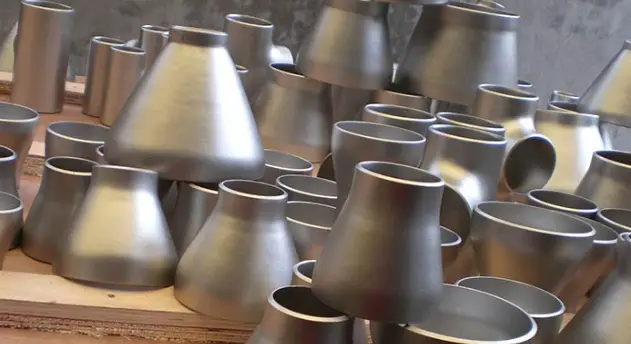
What is a reducer?
Before we can understand that, we need to know what a reducing tube is. Reducer, as the name suggests, is used to connect two different diameters or different sections of the interface pipe, so the reducer is also called "size head". Its main function is to adjust the fluid flow and pressure by changing the diameter of the pipeline. According to the shape of pipe fittings, reducer can be divided into circular reducer, rectangular reducer, square reducer and rectangular connecting pipe with torsion direction; According to the different diameters of the two ends of the pipe fitting, the different pipe diameters are divided into concentric reducer and eccentric reducer. Concentric reducing pipe: The center lines of both ends of the pipe are in the same straight line, often used in vertical piping systems to ensure uniform fluid distribution. Eccentric reducer: The center lines of both ends of the pipe are not in the same straight line, often used in horizontal piping systems to avoid fluid buildup and reduce the formation of air pockets.
Types of reducers
Depending on the manufacturing materials and usage environment, reducers can be divided into the following types:
Carbon steel reducer: usually used in high temperature and high pressure environments, such as petrochemical, electric power and other industries.
Stainless steel reducer: Because of its excellent corrosion resistance, it is widely used in food processing, pharmaceutical, chemical and other fields.
Alloy steel reducer: It has high strength and high temperature resistance, and is suitable for high-pressure pipeline systems in special environments.
Plastic reducers: such as polyvinyl chloride (PVC) and polyethylene (PE) reducers, often used in piping systems with low pressure or non-corrosive fluids.
Manufacturing Standards of Reducer
|
Standard
|
Description
|
|
ASME B16.9
|
Factory-made wrought buttwelding fittings
|
|
ANSI B16.11
|
Forged fittings for high-pressure applications
|
|
DIN 2616
|
German standard for steel reducers
|
|
EN 10253
|
European standards for steel butt-welding fittings
|
Common Materials of Reducers
Reducers are available in a variety of materials to match different system requirements:
Carbon Steel (e.g., ASTM A234 WPB): Ideal for high-temperature and high-pressure applications.
Stainless Steel (e.g., ASTM A403): Excellent corrosion resistance for food, chemical, or pharmaceutical industries.
Alloy Steel: Used in aggressive environments with extreme conditions.
PVC/Plastic: Common in low-pressure, non-corrosive applications like irrigation.
Application areas of reducers
The application range of reducers is very wide, covering almost all industrial fields that require pipeline connections. Here are some of the main application areas:
Oil and Gas Industry: Reducers play a vital role in oil and gas transmission pipelines. They can effectively connect pipelines of different diameters to ensure smooth transportation of oil and gas fluids. Additionally, reducers are an integral component in oil and gas processing and storage facilities, helping to regulate flow and pressure.
Chemical and pharmaceutical industry: In the chemical and pharmaceutical production process, reducers are used to connect different reactors, storage tanks and pipeline systems to ensure continuous transmission of materials and stable control of process parameters. Stainless steel reducers are particularly common because they have excellent corrosion resistance and can withstand a wide range of chemicals.
Electric power industry: In the piping system of power plants, reducers are used to connect equipment such as boilers, steam turbines, and condensers to regulate the flow and pressure of steam and cooling water. Carbon steel and alloy steel reducers are widely used in high temperature and high pressure pipeline systems due to their high strength and high temperature resistance.
Water treatment and water supply systems: Reducers also have important applications in municipal water supply and sewage treatment systems. They are used to connect water supply pipelines and sewage treatment equipment of different diameters to ensure even distribution of water flow and efficient operation of the system.
The importance of reducers in industrial piping systems is reflected in the following aspects:
Flow and pressure regulation: By changing the diameter of the pipe, the reducer can effectively regulate the flow and pressure of the fluid to ensure the smooth operation of the system. For example, in chemical production, precise control of material flow and pressure is the key to ensuring the normal progress of the reaction process.
System adaptability: reducers make the pipeline system more adaptable and flexible, and can easily connect pipelines and equipment of different specifications and sizes to meet complex industrial needs. For example, in oil and gas transmission pipelines, pipes of different diameters need to be seamlessly connected to ensure the continuity and safety of the transportation process.
Cost-effectiveness: Through the rational use of reducers, unnecessary pipe replacement and repair costs can be reduced, and the economic benefits of the system can be improved. For example, in the power industry, the use of reducers can extend the service life of equipment, reduce maintenance costs, and improve production efficiency.
Safety and reliability: High-quality reducers can ensure the safety and reliability of the pipeline system and reduce the risk of leakage and failure. For example, in water treatment systems, the sealing performance and corrosion resistance of reducers are important guarantees for ensuring water supply quality and system safety.
As a key connecting device in modern industrial piping systems, the importance of reducers cannot be ignored. By understanding the definition, types, application fields and importance of reducers in industry, we can better understand and utilize this important pipe fitting.
Reducer Manufacturers and Suppliers
Looking for reliable reducer manufacturers and suppliers? BAOWI Steel is your trusted partner for high-precision concentric and eccentric reducers, manufactured to ANSI/ASME, ASTM, DIN, EN, ISO, and API standards. We offer premium materials including carbon steel, stainless steel, and alloy steel, with ISO 9001, CE, and PED-certified production. With fast delivery from warehouses in Europe and Asia, and multilingual technical support, BAOWI Steel delivers tailored solutions for demanding industrial projects in over 60 countries. Choose quality, choose BAOWI Steel.






 English
English Español
Español بالعربية
بالعربية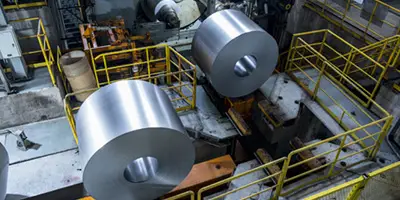
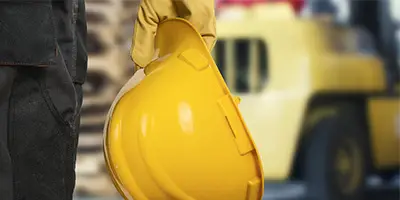
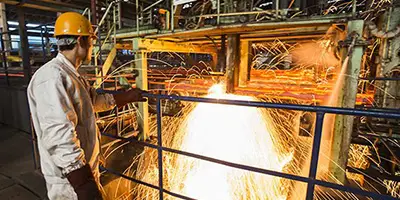
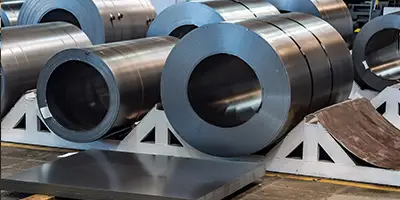

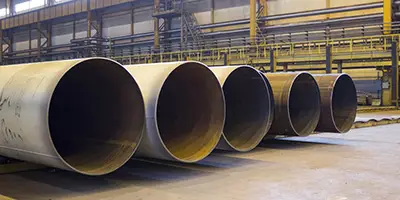
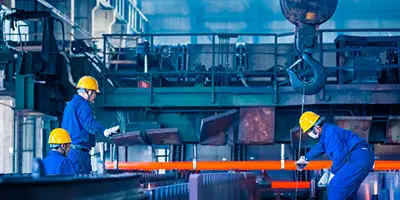
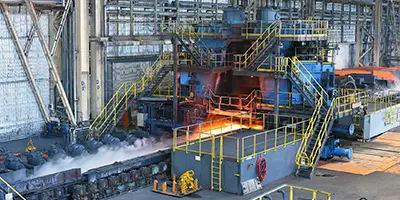
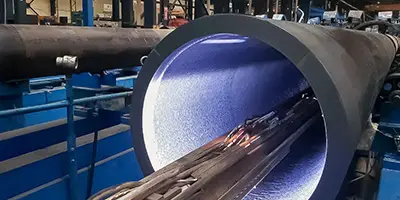
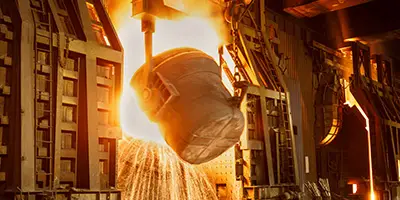
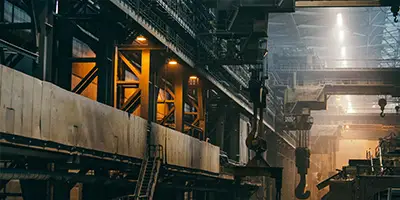

 Phone :
Phone :  Whatsapp :
Whatsapp :  Email :
Email : 


